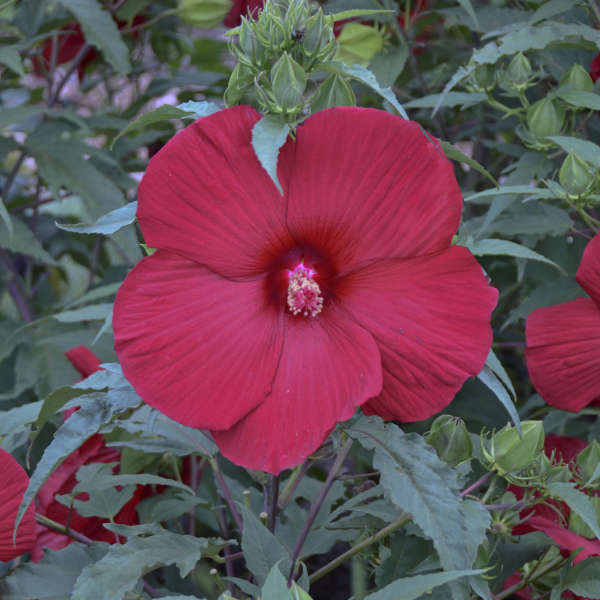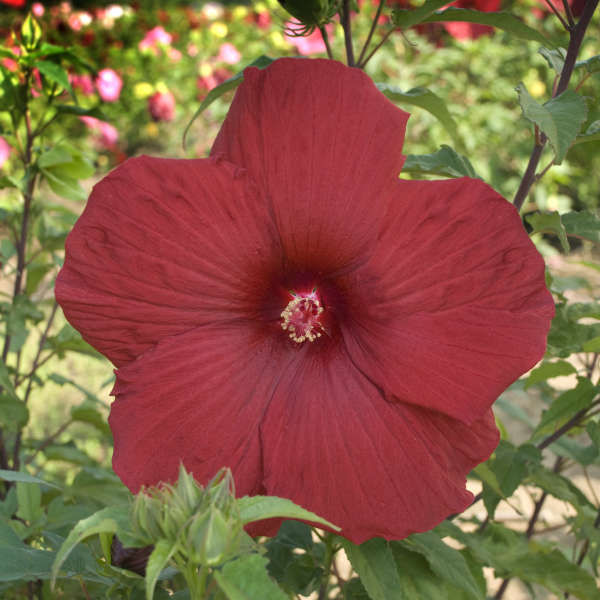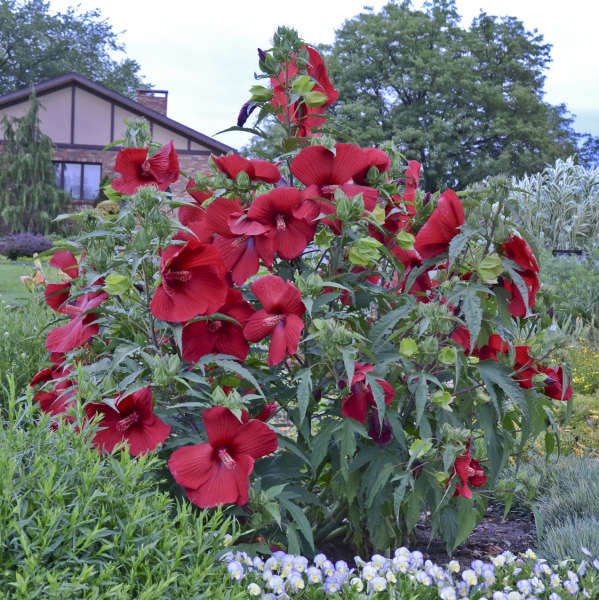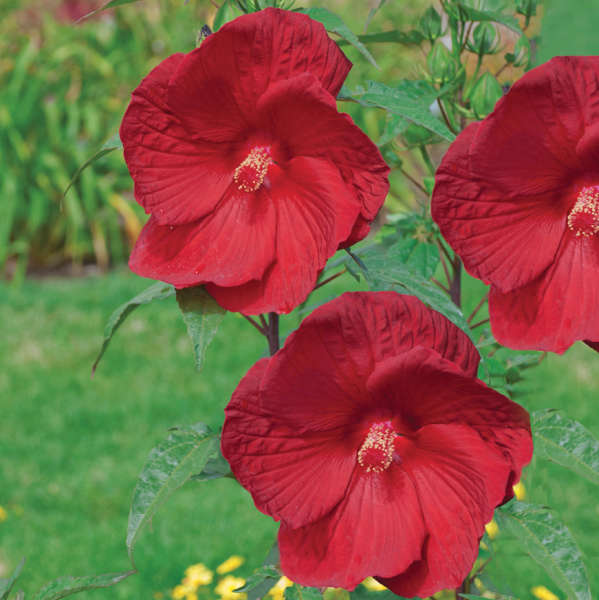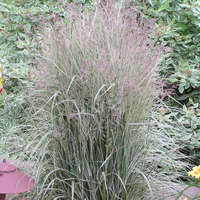Hibiscus 'My Valentine' PP24108

Common Name: Rose Mallow
We think you’ll find this new introduction to be an improvement over ‘Fireball’ in both habit and flower. Very durable, bright green, maple-like leaves form a nicely mounding habit that is more compact than the tall and more open habit of ‘Fireball’.
Deep reddish black buds open to large 8-9”, pure velvety red flowers with overlapping petals, deep veining, and yellow pollen. They are produced at multiple nodes up the stems, extending the bloom time through late summer.
A dependable, long blooming, true red flowered selection!
